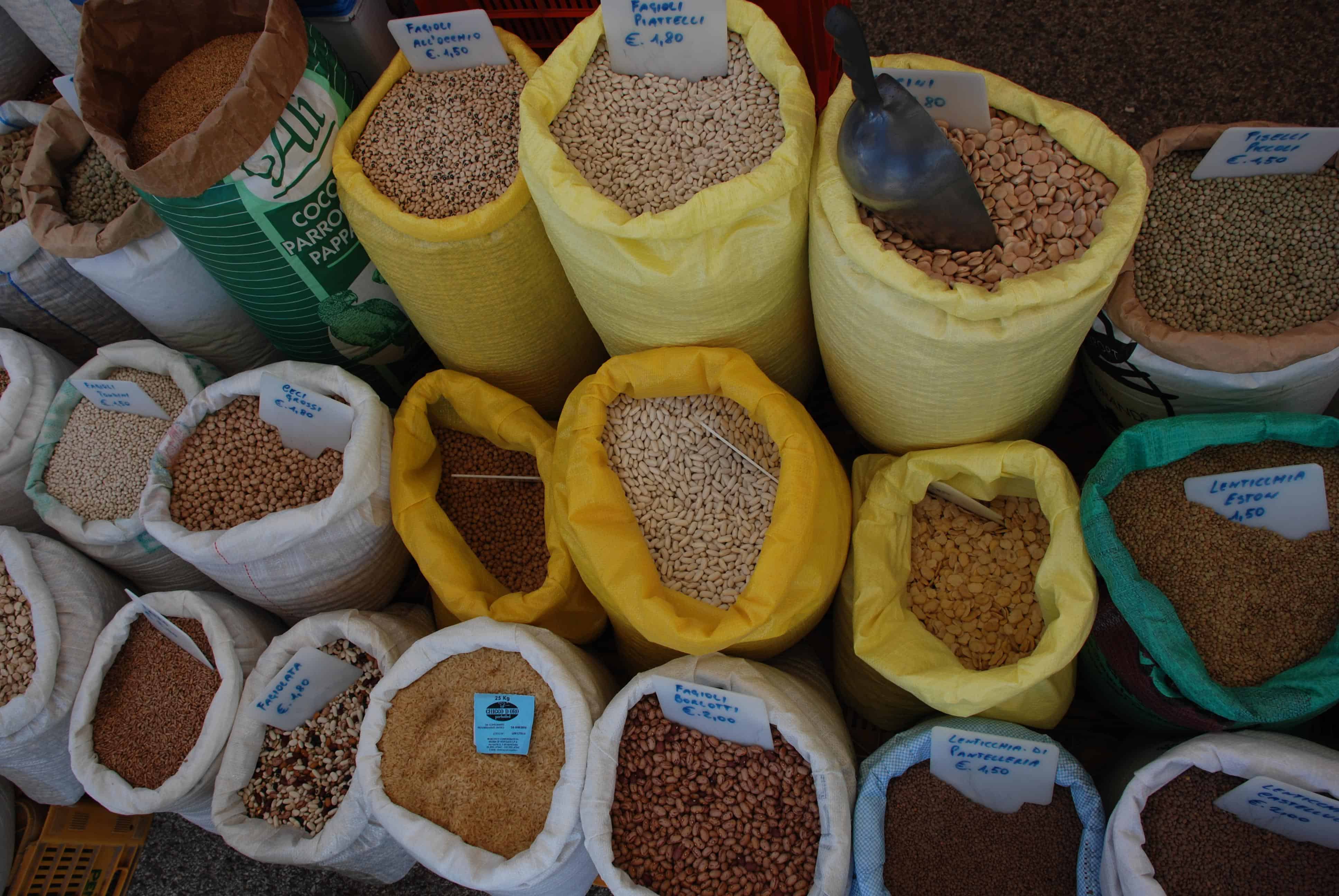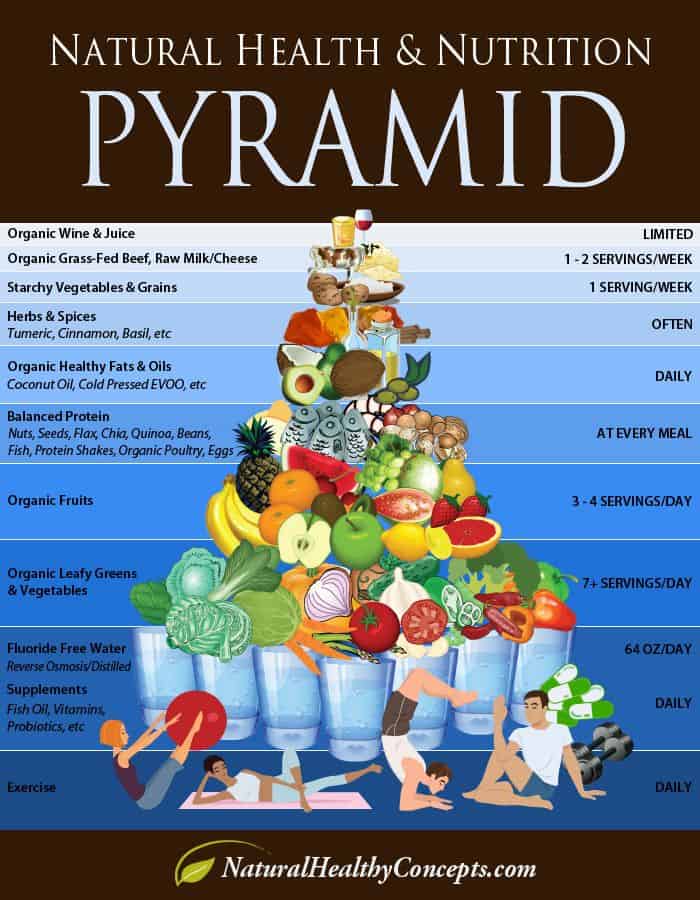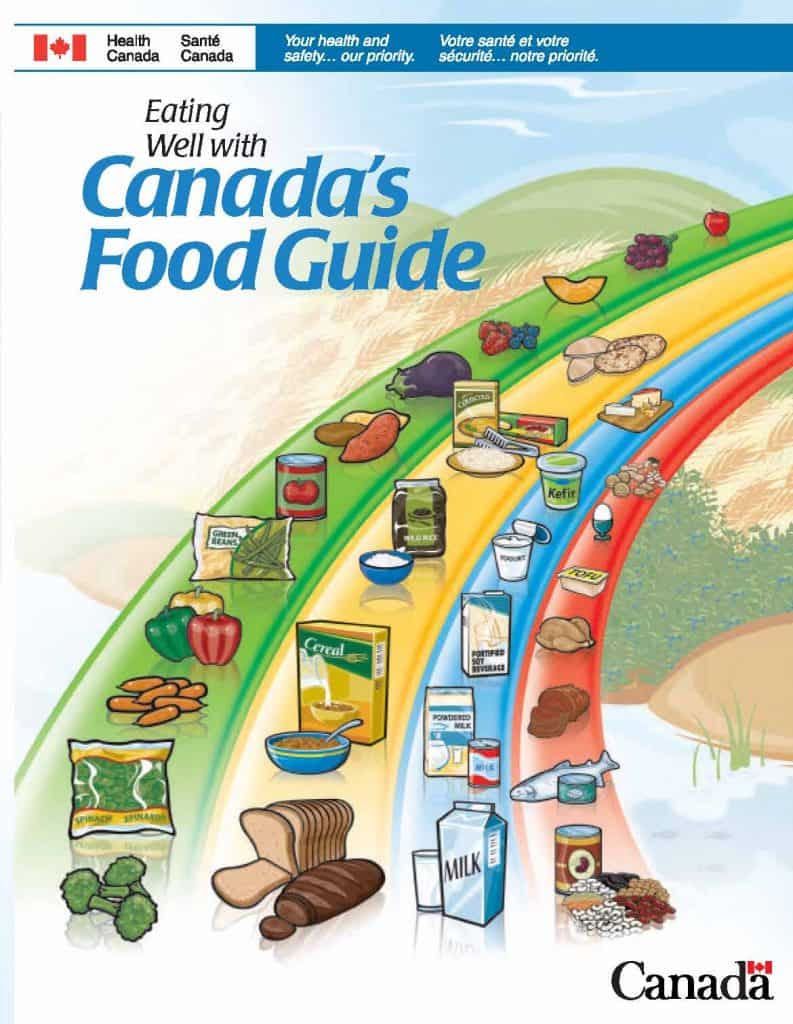With regards to protein, there is a small triumph with Canada’s Food Guide which now advises Canadians to eat less red meat and to instead choose lean meats, such as fish and chicken. Unfortunately, fat phobia is still ever present. A mountain of research indicates that fat is not the enemy with both obesity and cardiovascular health, but rather sugar and excess consumption of grains are the real culprit.
Saturated fat, as I have written about previously, is in fact extremely important for the overall health of the body. Nonetheless, Canada’s Food Guide still recommends that we eat skinless meat, not cooked in fat, and to avoid butter and instead choose margarine or canola oil. This is frighteningly outdated advice.
Butter VS. Margarine – Trust Nature not Chemists
If you’ve been led to believe that margarine is healthy, consider this. Margarine is composed of highly processed vegetable oils which are then exposed to chemicals, additives, bleaches and emulsifiers and then hydrogenated. This process results in creating a ‘delicious’ substance that is a trans-fat, is nutritionally void and which contains ‘free radicals’ (responsible for aging, cancer and heart disease).
Butter, on the other hand, is rich in healthy saturated fats, vitamins A, E and K2, butyrate and conjuagated linoleic acid (increases metabolism and is sold as a weight loss supplement). Compared to margarine, butter significantly lowers your risk of a heart attack because it is composed of healthy fat while margarine is made of the artery clogging variety.
Canola oil, another food guide recommendation, turns rancid very quickly. (Rancid means oxidized not rotten.) Rancid canola oil goes undetected because manufacturers add deodorizers. It doesn’t stop there. Canola oil is refined, bleached and then more chemicals are added. Oxidization is bad because it damages your cells and leads to inflammation and contributes to many degenerative diseases like MS, arthritis and mental illness. Discard the Canadian Food Guide advice to eat margarine and canola oil and trust what is much closer to nature: butter, ghee butter, olive and coconut oil.
Say “No” to Faux Meat
While it is a relief that the Food Guide now recognizes other protein sources as healthy such as legumes, nuts and seeds, the failure to recommend the importance of quality meat is near negligent. When it comes to lunch meats, the Food Guide simply recommends to stay away from high sodium sausages and lunch meats.
So what’s the deal with lunch meats and other processed meats? Lunch and processed meats are notorious for their nitrites, sulfur dioxide (kills fungus), artificial sweeteners, emulsifiers (think meat glue), other flavorings such as MSG and even heavy metals like mercury and lead. The fallacy of the Food Guide lies in it’s focus on individual, specific nutrients as being superior and ignoring food quality and toxicity. Eating a clean, whole foods diets is by far more sensible and is rooted in thousands of years of culinary wisdom.
Going Against the Grain
The other food group that is essentially ‘invented’ are grains. While grains can certainly be healthy for many individuals, not all people digest grains well and virtually none of us need grains to live.
 Does this mean you should avoid grains? Not necessarily, but nuts, seeds, meat and vegetable carbohydrates have all the nutrients and energy sources (such as glycogen) that we require without ever needing to go near another grain. While some people thrive on a diet that is moderate in grains, the suggested servings of grains in the Food Guide has also been critiqued for being much too high.
Does this mean you should avoid grains? Not necessarily, but nuts, seeds, meat and vegetable carbohydrates have all the nutrients and energy sources (such as glycogen) that we require without ever needing to go near another grain. While some people thrive on a diet that is moderate in grains, the suggested servings of grains in the Food Guide has also been critiqued for being much too high.
As most of us know by now grains are a complex carbohydrate which when eaten in large amounts can contribute greatly to weight gain. Excessive consumption of grains also provokes blood sugar irregularities and inflammation that contribute to such diseases as diabetes, fibromyalgia, arthritis and even cancer. If you struggle with blood pressure, cholesterol, blood sugar irregularities or chronic pain (M.S., arthritis, fibromyalgia) then eliminating all grains for three weeks might be a worthwhile and life changing experiment.
So why are grains given an entire food group? The grain industry is profitable and highly influential in Canada and the US, and the result is a nation that is sick and overweight
Serving up a Recipe for Disaster
 While overconsumption of grains is known to be the single biggest cause of the obesity epidemic, overconsumption of most foods (except vegetables!) is never a good thing. Not only does the Canadian Food Guide advise too many servings of grains, but serving sizes are simply not an accurate way of quantifying food.
While overconsumption of grains is known to be the single biggest cause of the obesity epidemic, overconsumption of most foods (except vegetables!) is never a good thing. Not only does the Canadian Food Guide advise too many servings of grains, but serving sizes are simply not an accurate way of quantifying food.
First of all, not all grains, vegetables or any other food are created equal in terms of nutritional value and carbohydrate content. It’s not about the size of the food or the portion. It’s about the nutritional value and caloric count. When asked what a serving consists of, people’s perceptions varied greatly and as humans are inclined to do–they often overestimated a serving.
Stop the Madness – The Same Serving for an Entire Age Group?
There is more wrong with the Food Guide’s suggested serving than simply too much of certain foods that we don’t necessarily need. For an adult woman under the age of 50, the Canadian food guide recommends 6-7 servings of grains a day. There are two problems with the Guide’s suggested portion sizes. Firstly, servings are not a very specific measurement. Secondly, the servings are based on age and gender; there is no accounting for weight or height. Obviously, a petite woman weighing 105lbs and having the height of 5’4 should not be eating the same serving size as a woman who is 5’10 and weighing 140 lbs.
While the last thing I am is a calorie counter, it makes sense that smaller individuals need less food than larger individuals to adequately fuel their body. If I had to choose between the lesser of two evils, calorie and nutrient counting is a healthier alternative to recommending the same portion size for an entire age group while completely disregarding height, weight and individual needs.
The Food Guide – A Recipe for Obesity
Canada’s Food Guide ignores calories and the recommended servings are based on the maximum daily intake. Remember the Food Guide includes only the main food. However, by now most of us know it is the hidden calories that really add up such as condiments like mayonnaise, ketchup, certain salad dressings, chocolate, cream in our coffees etc.
The Food Guide makes no recommendation to eat organic, unprocessed meat or vegetables and only suggests reducing sugar, salt and fat. We know that sugar consumption is the real culprit behind a myriad of health problems including obesity, diabetes and cancer and yet it is present in virtually everything–not simply the obvious indulgences like candy and chocolate.
Quality not Quantity
Because of the Food Guide’s arbitrary focus on certain nutrients or ‘food groups’, companies are crafty at marketing sugar and chemical-laden dairy and grain products as healthy because it contains the Canadian Food Guide’s daily recommendation. Nowhere in the food guide is a consumer advised to read the Nutrition Labels of children’s breakfast cereal or purported ‘healthy’ snacks. And don’t kid yourself–many ‘natural’ brands or products contain heaps of sugar under other names. If you remember from my previous posts on sugar, there is little value in consuming a sugary treat with added nutrients since your body will utilize all of the minerals and vitamins simply to metabolize the sugar. Making your own meals and snacks from raw ingredients is your safest bet.
The New Food Guide
 Ultimately, there is no such thing as a one size fits all Food Guide. We all have different requirements, intolerances and preferences. Instead of focusing on groups that are based on certain nutrients, focus instead on ensuring that you include fats, protein, carbohydrates (eat the rainbow everyday) and within those categories ensure you are including sufficient fibre. I encourage you to check out various Food Guide’s depending on your dietary needs and preferences. Eat what provides you with energy and vitality and you can be certain that your following the law of true to yourself nutrition.
Ultimately, there is no such thing as a one size fits all Food Guide. We all have different requirements, intolerances and preferences. Instead of focusing on groups that are based on certain nutrients, focus instead on ensuring that you include fats, protein, carbohydrates (eat the rainbow everyday) and within those categories ensure you are including sufficient fibre. I encourage you to check out various Food Guide’s depending on your dietary needs and preferences. Eat what provides you with energy and vitality and you can be certain that your following the law of true to yourself nutrition.


